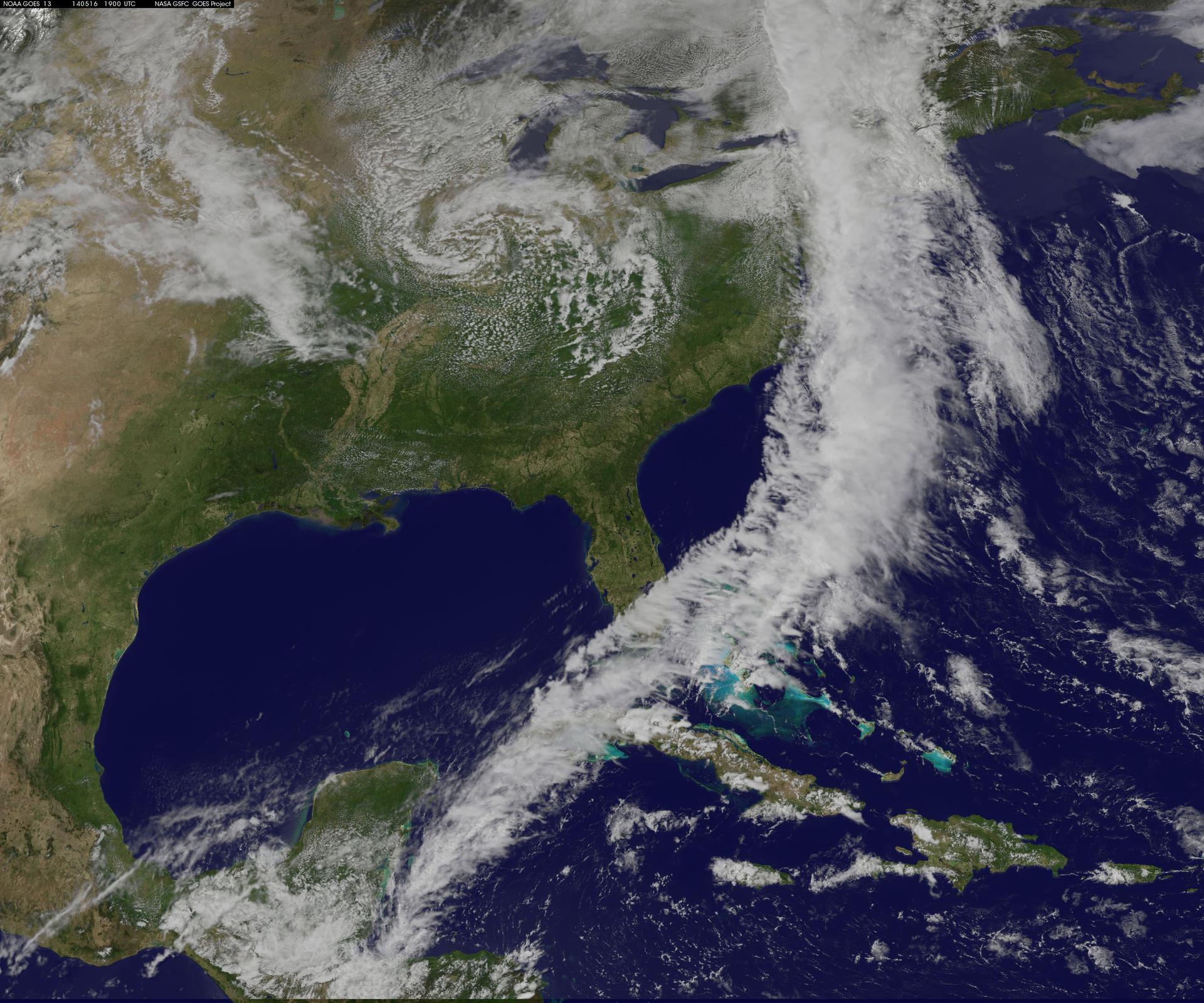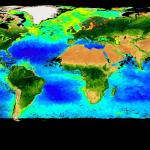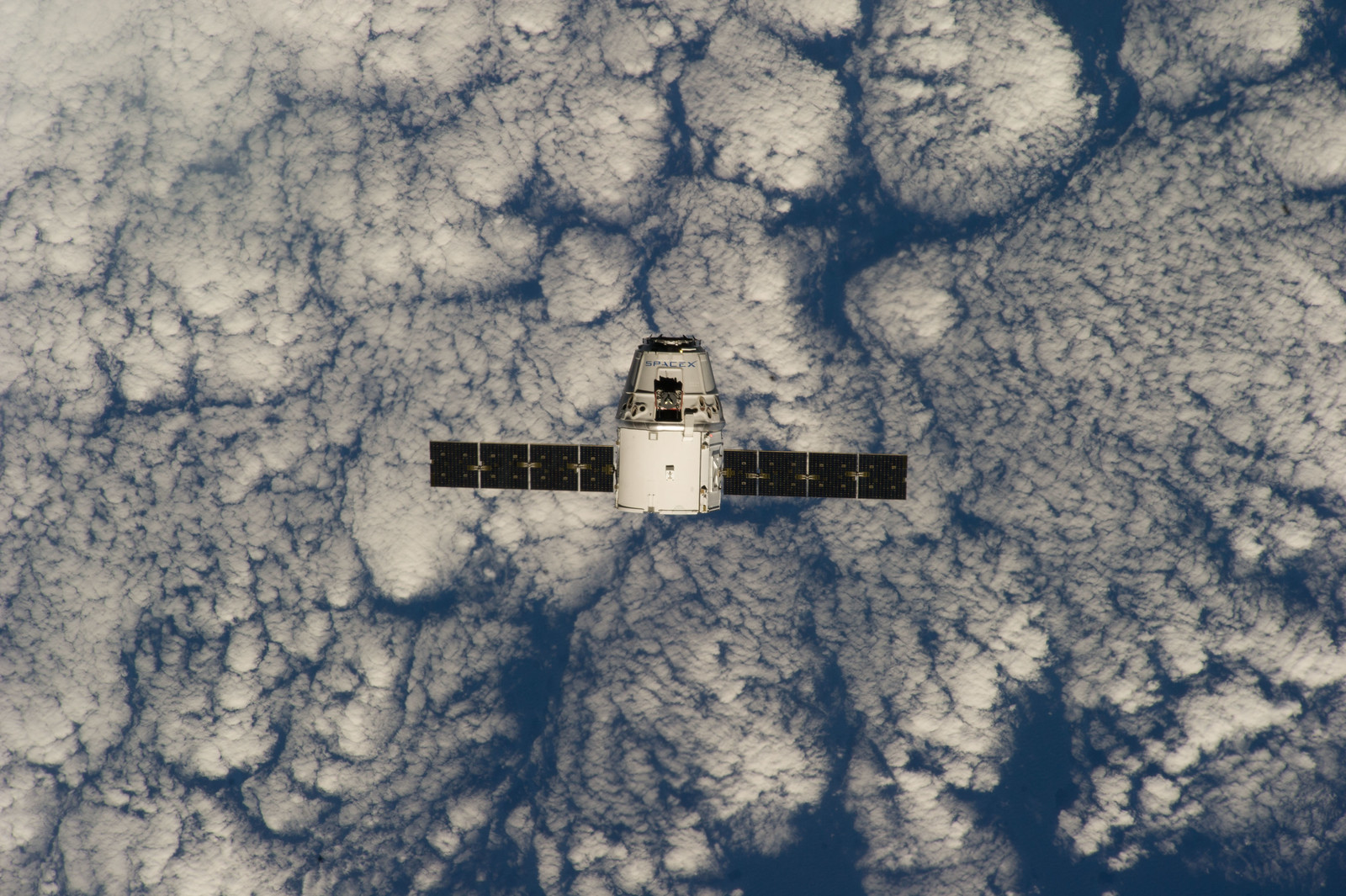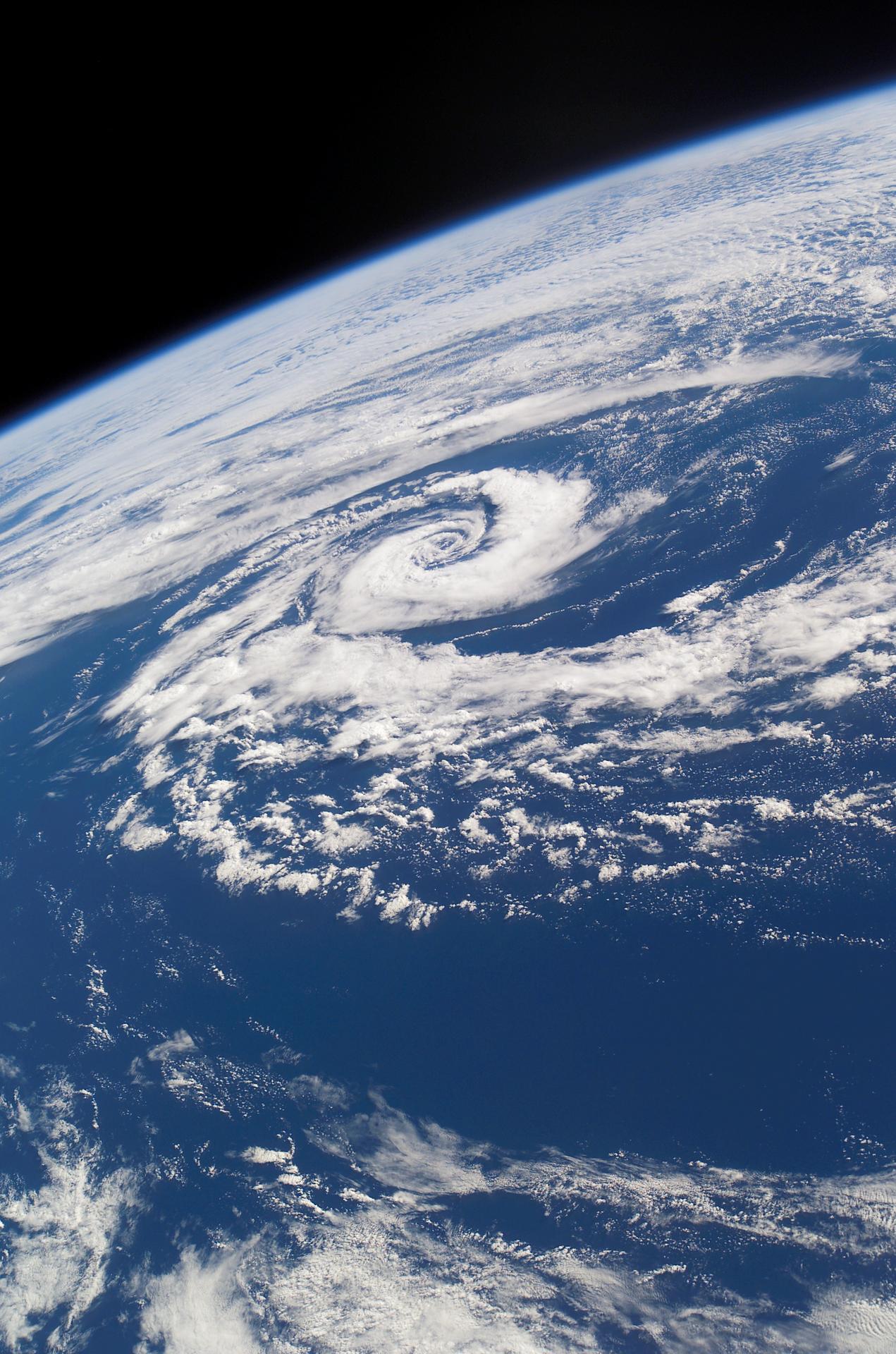Earth Science Projects Division
Science and Applications
Each of our missions link to NASA’s strategic objectives and the six science focus areas below. The seventh Earth Science goal is: Further the use of Earth system science research to inform decisions and provide benefits to society. In support of this goal, the development, distribution, and archive of ESM project data products complies with NASA’s Earth Science Data Policy via its Earth Science Data and Information Systems (ESDIS) project and other methods to ensure that NASA data are fully and openly available, without restrictions.
Science and Applications
Resources and Data

NASA Science
The four elements of NASA’s Earth Science Division (ESD) ― Flight, Research and Analysis (R&A), Applied Sciences (ASP), and the Earth Science Technology Office (ESTO) ― work together from mission concept to conclusion to both enhance existing Earth observations and find new ways to analyze our living planet.
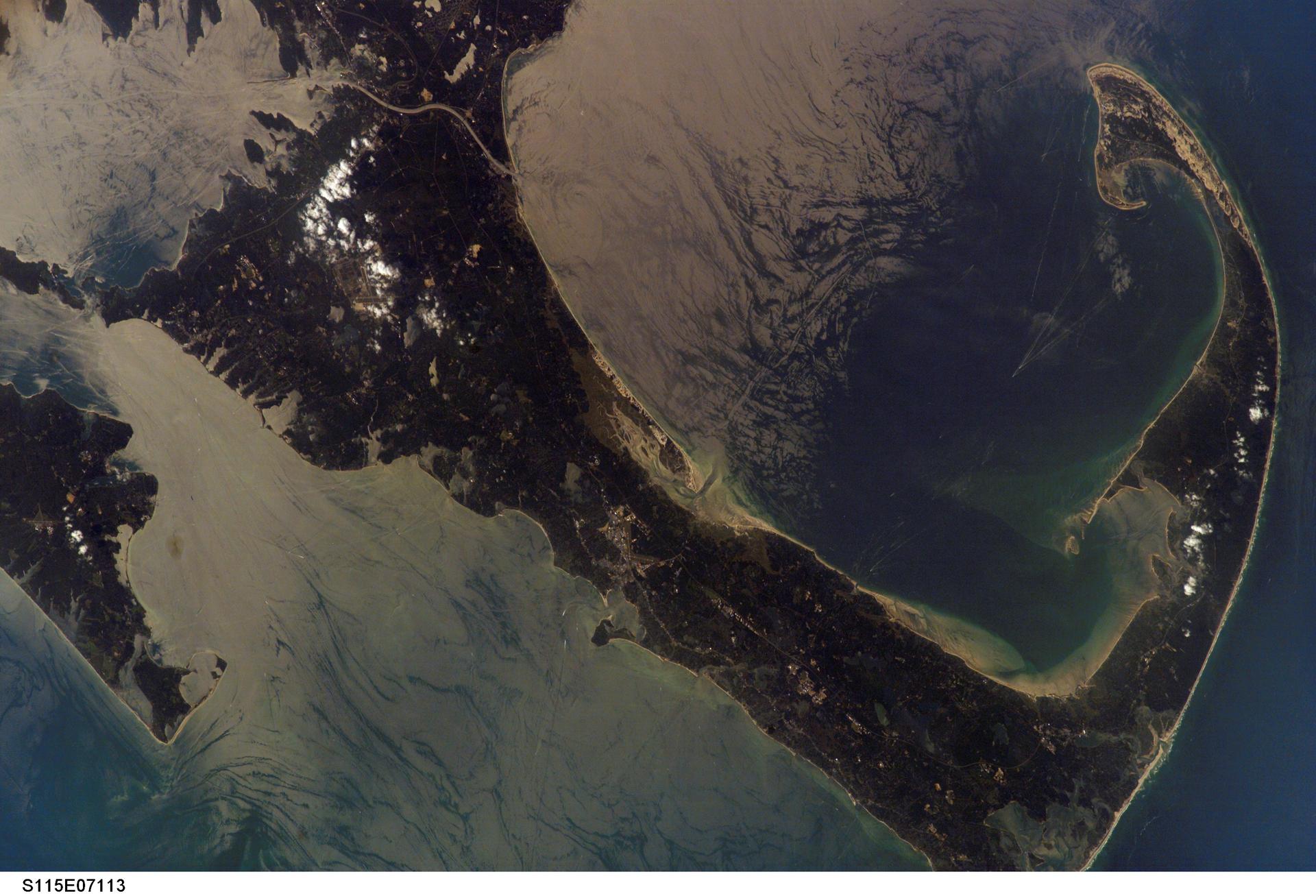
Earth Science Applied Sciences
The Applied Sciences Program provides funding and support for the partner organizations and research scientists who are using these observations to solve the world’s toughest challenges. From local communities to national governments and from the United States to every region of the world, our collaborative projects have outsized impact.

EOS Project Science Office
As a major component of the Earth Science Division of NASA’s Science Mission Directorate, NASA's EOS Project Science Office (EOSPSO) enables an improved understanding of the Earth as an integrated system. EOSPSO is committed to bringing program information and resources to the Earth science research community and the general public alike.
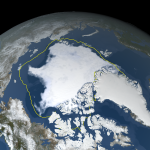
SVS Earth Science
Resources from NASA's Scientific Visualization Studio (SVS) supports the development of climate data and computer models that leverage observations. These datasets include observations of sea surface height, temperature, and salinity; ocean currents and vector winds; sea ice extent and thickness; glacial topography, motion, and mass change; aerosol and cloud processes that affect Earth’s energy balance; and more.



























